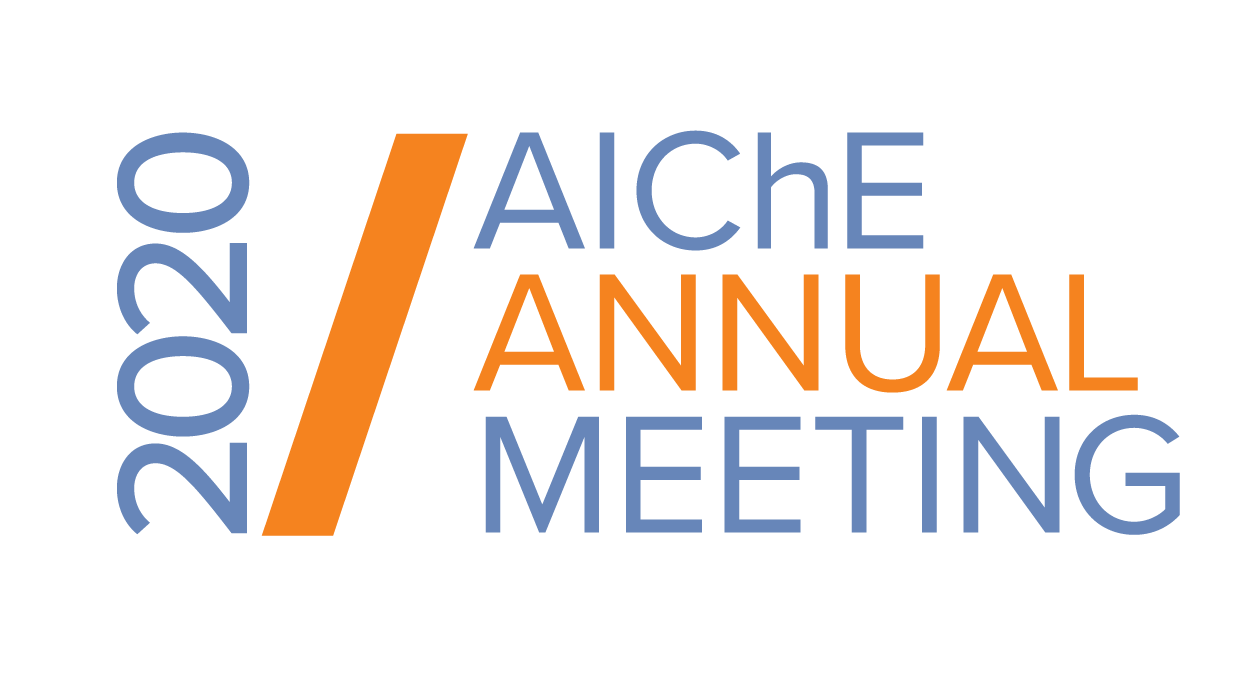

Regulatory flexibility as a result of QbD development and registrations has not been fully realized, however with continuous manufacturing this is expected to change. Design spaces across integrated unit operations can be established on commercial equipment without requiring extensive input materials and time. This provides a comprehensive understanding of the process sensitivities, the appropriateness of the control strategy and the justification for regulatory and operational flexibility. Furthermore, the shift towards performance-based approaches for analytical methods and models where the focus is on control of the output rather than the input can provide additional flexibility.
The objective of this presentation is to provide examples of how QbD elements and PAT are used to develop a robust process and how continuous manufacturing can fully utilize QbD in development and commercial manufacture allowing for potential regulatory flexibility.
